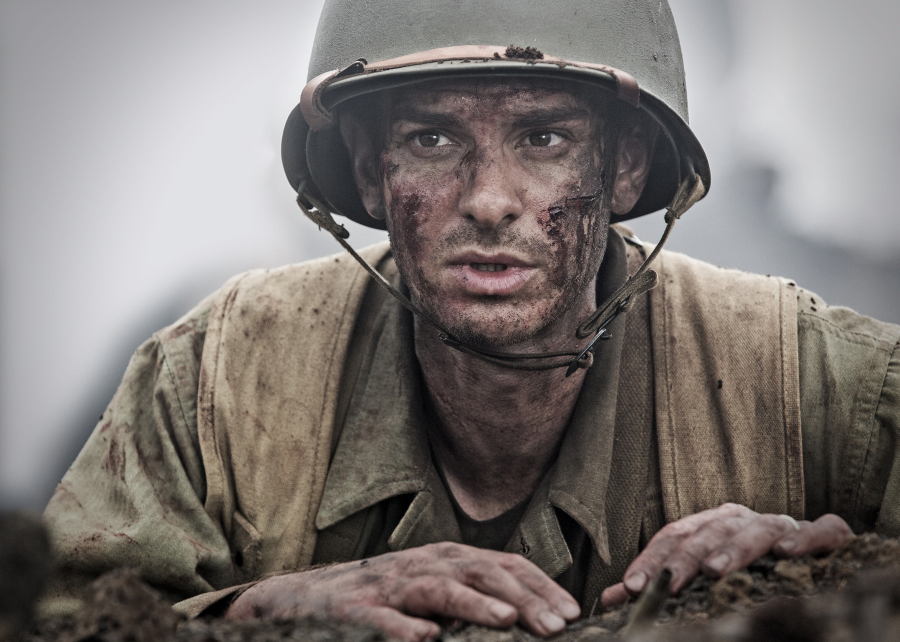For all sorts of emotional and psychological reasons I’m trying to figure out as a critic and, relatedly, as a human, audiences tend to remember and even admire what traumatizes them in the name of entertainment. But even a film determined to show us the grisliest horrors of war must traumatize and — more palatably — excite in roughly equal measure, in order to make a lot of money.
I think director Mel Gibson’s “Hacksaw Ridge” is going to make a lot of money.
Its old-fashioned storytelling collides with new-level gore, gory enough to make “Saving Private Ryan” look like “The Big Broadcast of 1938.” The film knows exactly what it’s doing, regarding faith-based audiences and war movie buffs. Much of the film is gripping, or at least effectively assaultive, and when you have a director as fervent in his determination to put you through it, as proved by the earlier Gibson hits “The Passion of the Christ” and “Apocalypto,” you’re halfway to another popular success.
This one’s tailor-made for the upcoming Veterans Day holiday. Written by Robert Schenkkan and Andrew Knight, “Hacksaw Ridge” takes its name from the forbidding 350-foot cliff also known as Maeda Escarpment on the island of Okinawa, the 1945 scene of some of the worst carnage of World War II. The script creates a solemn, extraordinarily bloody account of the trials by fire met by real-life Medal of Honor recipient Desmond Doss (Andrew Garfield), a Seventh-day Adventist and medic who was the first conscientious objector to receive that honor.



